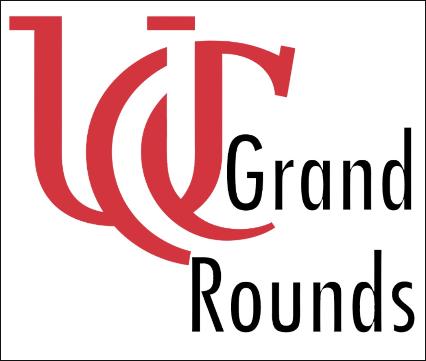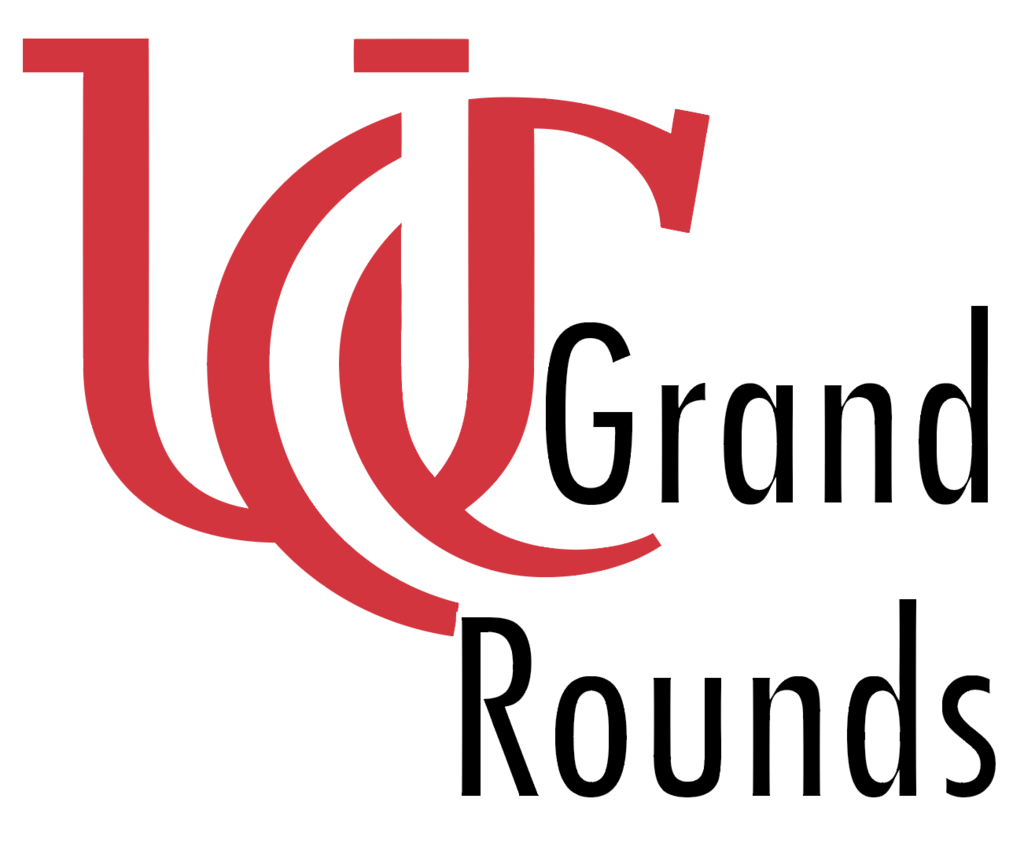The Patient Experience with Dr. Shewakramani
One poll shows that >50% of ED physicians believe that Press-Ganeys have led to worse quality care, particularly with respect to the excessive prescribing of narcotic pain medications and antibiotics as physicians strive to meet patient expectations and make them happy
The perception that greater patient satisfaction is correlated with worse mortality outcomes comes from the Fenton study. In this study, correlation was shown, though causation not in the least, with much room left open for confounders.
Some important truths about Press-Ganey:
- Press Ganey is part of the concept of Value-Based Purchasing (VBR), made salient in part by the Affordable Care Act. The purpose of VBR is to tie government reimbursement of medicare/medicaid to quality care as defined by the government. A portion of that reimbursement is specifically tied to Press-Ganeys/patient satisfaction.
- Patients who are discharged with mental health and substance abuse diagnoses are excluded from the survey, as are patients younger than 18 years old, who leave without being seen, who are prisoners, and who are homeless
- The ED-specific portion of Press-Ganey, ED CAHPS, is a 63 questionnaire that was supposed to be unrolled earlier this year. Look out for it on the horizon. Four of those 63 questions are physician specific.
- Press Ganey data is published on line and available for public access
Take home points from Dr. Shewakramani: Don't change your practice to affect your scores, change your approach!
- Studies show that happy patients = happy physicians, and vice versa, and they feed upon one another in a positive feedback loop. So how do we help us help you be happy?
- Realize what patients are looking for:
- Studies show that what patients want most out of their ED visit are short wait times and adequate communication between staff and patient
- Studies show that patients are NOT less satisfied if they have an expectation to receive narcotic pain medications and/or antibiotics as long as they recieve a sufficient explanation of why they are not receiving them
- Tips from Dr. Shewakramani to improve the patient experience:
- Shake hands, introduce yourself, sit down, make an effort to facilitate patient privacy, and do what you can to minimize interruptions during the encounter
- Explain your thought process to your patients in plain language. This can be an opportunity for you to go through your mental model aloud which may be helpful to you as well. In his words: "Think loudly and thoughtfully."
- Explain delays in the process
Ultimately, happier physicians make happy patients, and happy patients are shown to adhere to their medical plans more and litigate less. Happy physicians experience burn-out less.














